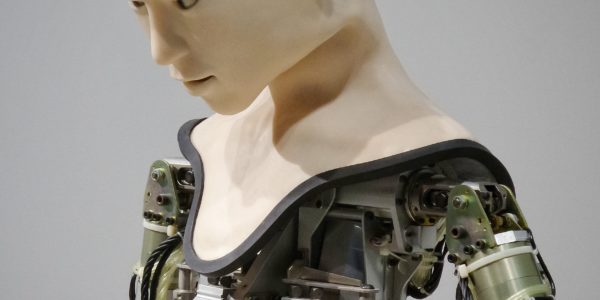When it comes to dangerous, dull, and dirty jobs, the goal is to automate as much as possible. For some robots, though, the plan is to have robots help without taking over the entire job.
Think about early cake mixes. By now, most Americans have never even eaten a from-scratch homemade cake. Cake mixes are home baking, we far as most of us know. But when cake mixes were first developed, homemakers weren’t;t comfortable with them. Would they really work? Should a good wife feel embarrassed if she used a mix? After all, the way to man’s heart is through his stomach. Does he really want a cake that involved no more effort than just mixing in some water?
Cake mix makers found a solution for that hesitance. They required the consumer to add fresh eggs. While the result might be just the same as it had been with powdered eggs, housewives felt better about the cakes. They trusted the mixes more and maybe even felt a bit more creative.
That’s okay — let the machines do the work
We never feel this way in a factory. If the machine can produce paper cups without any effort on our part, we never feel a need to painstakingly assemble those cups ourselves. It doesn’t threaten our identity at all to have a machine doing it for us.
But that’s not the case in every situation. Researchers in Japan, where they expect to have one retired person for every worker within the next couple of decades, robots are being pressed into service to improve the lives of the elderly.
“Most roboticists are young,” said Toyota’s Gil Pratt, “and most roboticists have all these interesting, exciting, technical things to focus on. And they think, ‘Wouldn’t it be great if some machine made my meals for me and brought me food so I could get back to work?’ But for an older person, what they would truly find meaningful is still being able to cook, and still being able to have the sincere feeling of ‘I can still do this myself.’” For such a person, a machine that would help them to cook by taking care of some of the more arduous parts of the job could be more valuable.
“What we have learned,” Pratt continues, “is that you start with the human being, the user, and you say, ‘What do they need?’”
What do they need?
This same approach could be used to make robots assistive in workplaces, rather than having them take the place of human workers. Companies will always want to reduce costs, and switching from people to cheaper robots is one way to do that. But another approach would be dividing jobs up into tasks, some of which can be done better by robots and some of which can be done better by machines.
We could bring robots in to do the robotic parts better and look for new opportunities for the human beings whose work loads have been reduced. That could mean increased productivity, increased time for connections with other human beings, or space for additional learning. One way to begin could be to ask people, “What would you do here at work if you had more time?”
We might be surprised by the creativity and vision people would bring to their answers to those questions.



